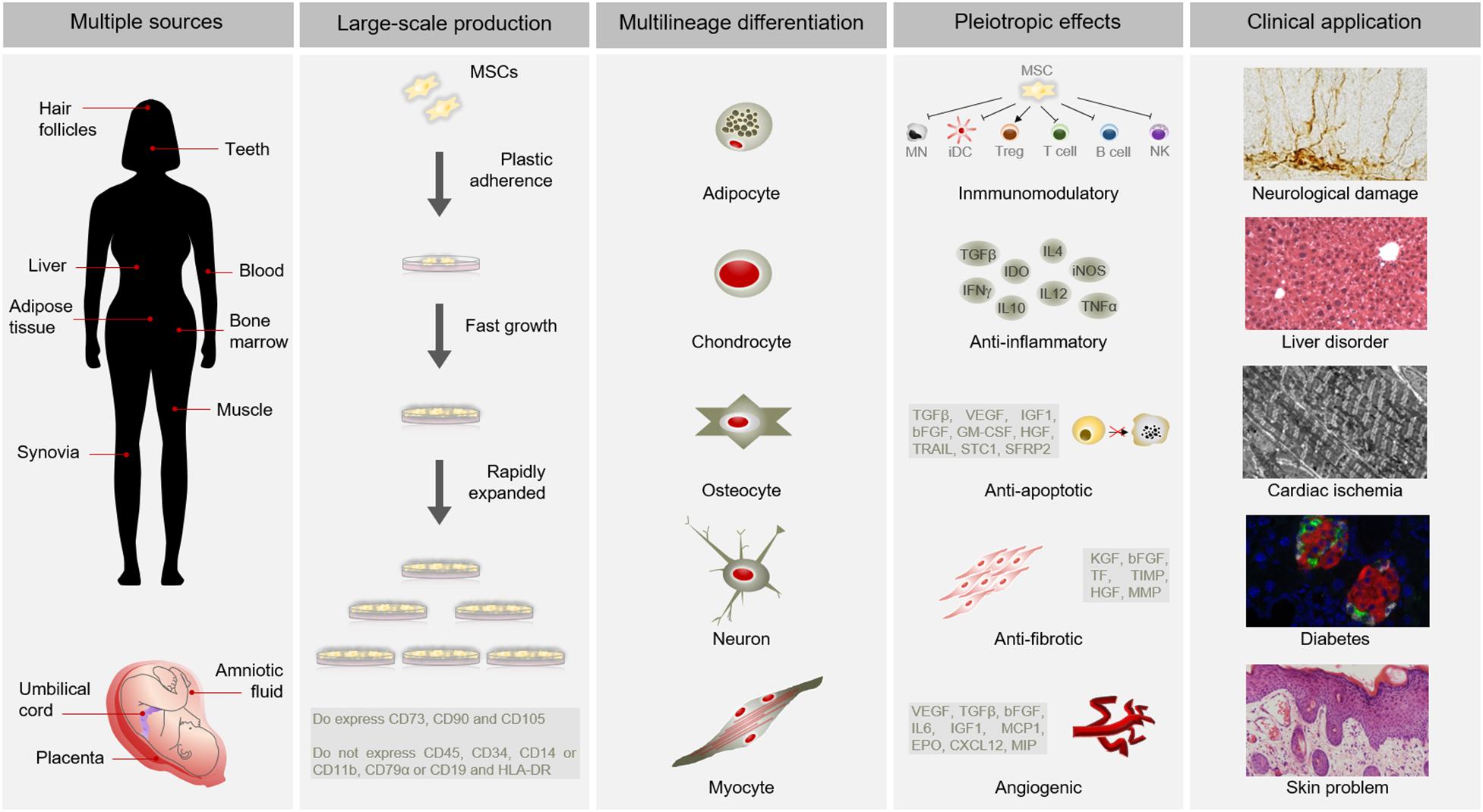Table of Contents

[/image][=video]
[/video]
There are many types of stem cells. In basic, the term stem cell refers to a classification of cells that trigger other cells (like skin, blood, heart, and muscle mass cells) by reproducing and setting apart in action to chemical hints. Totipotent stem cells appear at the earliest stage of development and are the only stem cells which can create beginning stem cells and the placenta.
Bone marrow transplant (BMT) is a special treatment for clients with specific cancers cells or other illness. A bone marrow transplant entails taking cells that are typically found in the bone marrow (stem cells), filtering those cells, and providing back either to the benefactor (person) or to an additional person. The goal of BMT is to transfuse healthy and balanced bone marrow cells into a person after his/her very own harmful bone marrow has actually been treated to kill the uncommon cells.
Bone marrow is the soft, mushy cells discovered inside bones. It is where many of the body's blood cells create and are kept. The blood cells that make other blood cells are called stem cells. The most primitive of the stem cells is called the pluripotent stem cell. This is different than other blood cells when it come to the following homes: It has the ability to recreate an additional cell the same to itself.
It is the stem cells that are needed in bone marrow transplant. The objective of a bone marrow transplant is to cure numerous conditions and sorts of cancer. When the doses of chemotherapy or radiation needed to heal a cancer are so high that an individual's bone marrow stem cells will certainly be permanently harmed or damaged by the therapy, a bone marrow transplant might be needed.
Regenerative Therapy
This procedure is typically called rescue. Change bone marrow with genetically healthy and balanced functioning bone marrow to protect against even more damage from a genetic condition process (such as Hurler's disorder and adrenoleukodystrophy). The threats and benefits need to be considered in a detailed conversation with your doctor and professionals in bone marrow transplants before the procedure.
There are various kinds of bone marrow transplants depending upon who the benefactor is. The various types of BMT consist of the following: The donor is the individual himself or herself. Stem cells are drawn from the client either by bone marrow harvest or apheresis (a process of collecting peripheral blood stem cells), frozen, and after that repaid to the client after extensive therapy.
The benefactor shares the same genetic type as the individual. Stem cells are taken either by bone marrow harvest or apheresis from a genetically matched contributor, normally a bro or sister. Various other donors for allogeneic bone marrow transplants may consist of the following: A haploid-identical match is when the contributor is a parent and the hereditary match is at the very least half identical to the recipient.

Matching entails typing human leukocyte antigen (HLA) tissue. The antigens externally of these unique white blood cells establish the genetic makeup of a person's body immune system. There go to the very least 100 HLA antigens; however, it is thought that there are a couple of significant antigens that establish whether a contributor and recipient suit.
Medical research study is still checking out the function all antigens play in the procedure of a bone marrow transplant. The more antigens that match, the far better the engraftment of given away marrow. Engraftment of the stem cells occurs when the donated cells make their means to the marrow and begin making new members cells.
Hormone Therapy
All individuals work with each other to offer the ideal chance for a successful transplant. The group contains the following: Doctor who specialize in oncology, hematology, immunology, and bone marrow transplant. A registered nurse that organizes all facets of care given before and after the transplant. The nurse coordinator will offer client education and learning, and collaborates the diagnostic screening and follow-up treatment.
Specialists who will help you fulfill your nutritional needs prior to and after the transplant. They will function very closely with you and your family. Specialists who will certainly help you come to be solid and independent with movement and endurance after the transplant. Pastors who supply spiritual care and assistance. Numerous various other employee will certainly review you prior to transplantation and will give follow-up care as required.
A complete case history and physical examination are executed, including several tests to assess the client's blood and body organ features (for instance, heart, kidney, liver, and lungs). An individual will commonly enter into the transplant center approximately 10 days before transplant for hydration, examination, positioning of the main venous line, and other preparations.
For an allogeneic transplant, an appropriate (tissue entered and matched) benefactor has to be readily available. Voluntary marrow donors are signed up in a number of nationwide and worldwide registries.
Benefactor sources available consist of: self, brother or sister, parent or family member, nonrelated person, or umbilical cord from a relevant or nonrelated individual. There are national and global windows registries for nonrelated individuals and cable blood.
Menopause Treatment around Muskegon, Michigan
Tests connected to his/her health, exposure to viruses, and genetic evaluation will be done to identify the level of the match. The contributor will certainly be offered instructions on how a bone marrow donation will be made. When a suit for a person needing a bone marrow transplant is located, then stem cells will certainly be gathered either by a bone marrow harvest.
Or by an outer blood stem cell collection. This is where stem cells are accumulated from the distributing cells in the blood.
Navigation
Latest Posts
Hormone Therapy around Muskegon, Michigan
Hormone Therapy servicing Muskegon
Perimenopause Treatment